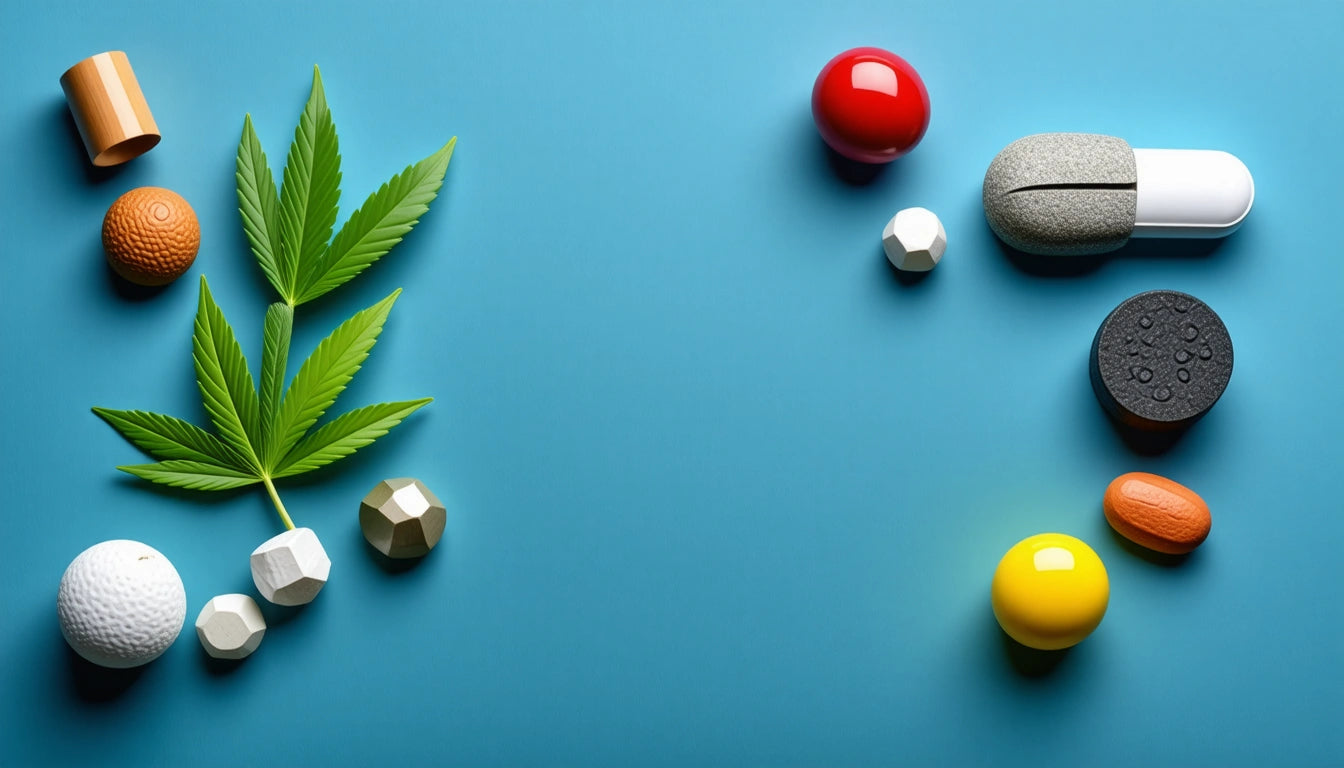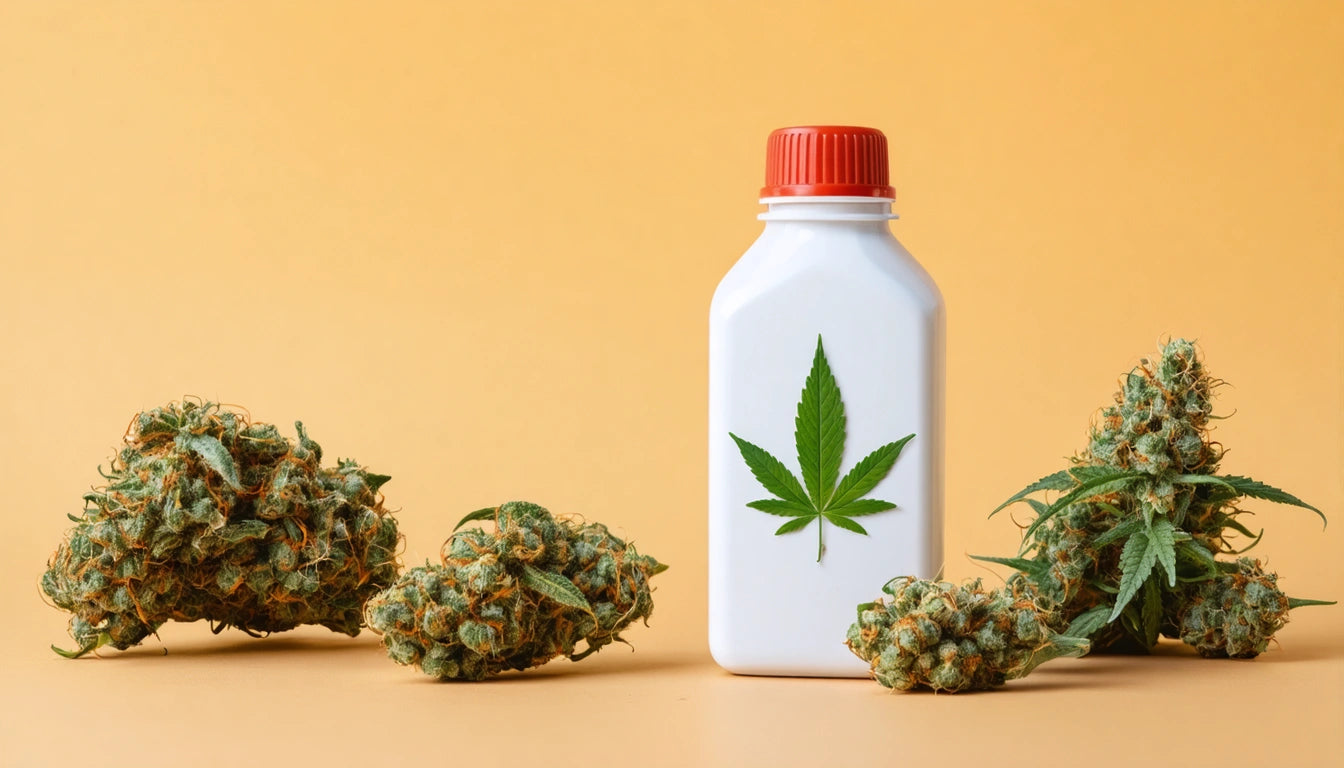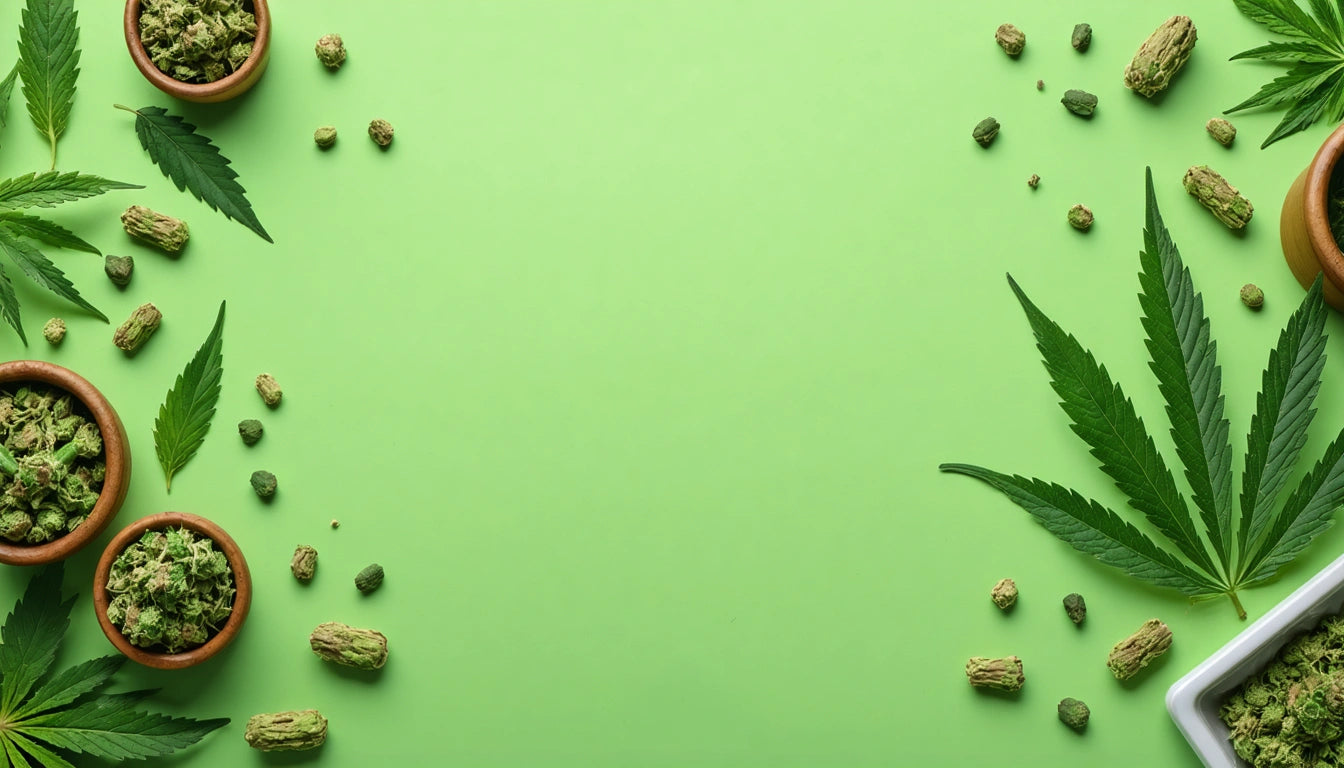Table of Contents
How Much THC Does a Single Joint Contain?
Understanding how much THC is in a joint is essential for both recreational users and medical cannabis patients. THC (tetrahydrocannabinol) content varies widely based on multiple factors, making it challenging to provide a single definitive answer. This guide breaks down the typical ranges, influencing factors, and important considerations for cannabis consumers.
Average THC Content in a Single Joint
The amount of THC in one joint can vary significantly, but research provides some general guidelines. According to studies on typical joint THC content, an average joint contains approximately 60-150 milligrams of THC, depending on the cannabis strain and amount used.
A standard joint typically contains about 0.3 to 0.5 grams of cannabis flower. With modern strains averaging 15-25% THC potency, this translates to approximately:
- Low potency (10% THC): 30-50mg THC per joint
- Medium potency (15% THC): 45-75mg THC per joint
- High potency (20% THC): 60-100mg THC per joint
- Premium potency (25%+ THC): 75-125mg+ THC per joint
It's important to note that these figures represent the total THC content in the joint, not necessarily what's absorbed when smoking. When calculating THC per gram, remember that bioavailability through smoking ranges from 10-35%, meaning only a portion of the total THC enters your bloodstream.
Factors Affecting THC Content in Joints
Strain Genetics
Cannabis strains vary dramatically in their natural THC levels. While some landrace varieties might contain only 5-10% THC, selectively bred modern strains can reach beyond 30% THC content. This genetic variation is the primary factor determining how much THC is in one joint.
Growing Conditions
Cultivation methods significantly impact THC development. Factors including light exposure, nutrient profiles, and harvest timing all influence the final THC concentration in cannabis flower.
Joint Size and Construction
The amount of cannabis in a joint varies widely. While a standard joint might contain 0.3-0.5 grams, some users roll larger joints containing up to a full gram or more, potentially doubling or tripling the THC content.
Measuring THC in Cannabis Products
For consumers concerned about precise dosing, understanding how THC content is measured and reported is crucial.
Lab Testing Standards
Legal cannabis markets require lab testing that measures cannabinoid profiles, including THC percentages. These tests typically report total THC as a percentage of dry weight. For example, a strain testing at 20% THC contains 200mg of THC per gram of flower.
THC vs. THCA
Raw cannabis contains mostly THCA (tetrahydrocannabinolic acid), which converts to THC when heated. Lab reports sometimes list both values separately, which can cause confusion when calculating how much THC is in one puff of a joint. The conversion is not 100% efficient, so the actual THC delivered may be lower than the total potential THC.
THC Consumption Guidelines and Safety
Understanding proper dosing is essential for a positive experience, especially for new users.
Recommended Starting Doses
Guidelines for THC dosage suggest that beginners start with just 2-3mg of THC per session. This is significantly less than what's contained in a full joint, which is why many new users are advised to take just one or two puffs initially.
Safety and Compliance Considerations
With the potency of modern cannabis products, safety regulations have become increasingly important. Proper safety protocols and protective packaging requirements help prevent accidental consumption, particularly by children who might be attracted to cannabis products with appealing flavors or aromas.
When determining how much THC in a joint is appropriate for your consumption, it's important to consider individual factors like:
- Your tolerance level and experience with cannabis
- Body weight and metabolism
- Desired effects and medical needs
- Consumption method (sharing vs. solo use)
Understanding safe consumption limits is crucial for avoiding negative experiences such as anxiety, paranoia, or impaired coordination.
Future Considerations for THC Dosing and Regulation
As cannabis research advances and markets mature, several developments are shaping how we understand THC content in joints and other products.
Standardized dosing is becoming more common, with pre-rolls increasingly labeled with their total THC content. This helps consumers make informed choices about how much THC in one joint is appropriate for their needs. Additionally, research on minimum effective doses is helping users understand the threshold at which they can feel effects without overconsumption.
Regulatory frameworks continue to evolve, with some regions implementing THC percentage caps or requiring clearer labeling on products. These measures aim to promote responsible use and minimize risks associated with high-potency cannabis.
For consumers seeking precise control over how much THC is in one puff of a joint, alternative consumption methods like vaporizers with dosage indicators or pre-measured single-dose products may offer better options than traditional joints.
As the cannabis industry continues to mature, expect to see more sophisticated approaches to measuring, labeling, and communicating THC content in ways that empower consumers to make informed choices about their cannabis consumption.











Leave a comment
All comments are moderated before being published.
This site is protected by hCaptcha and the hCaptcha Privacy Policy and Terms of Service apply.